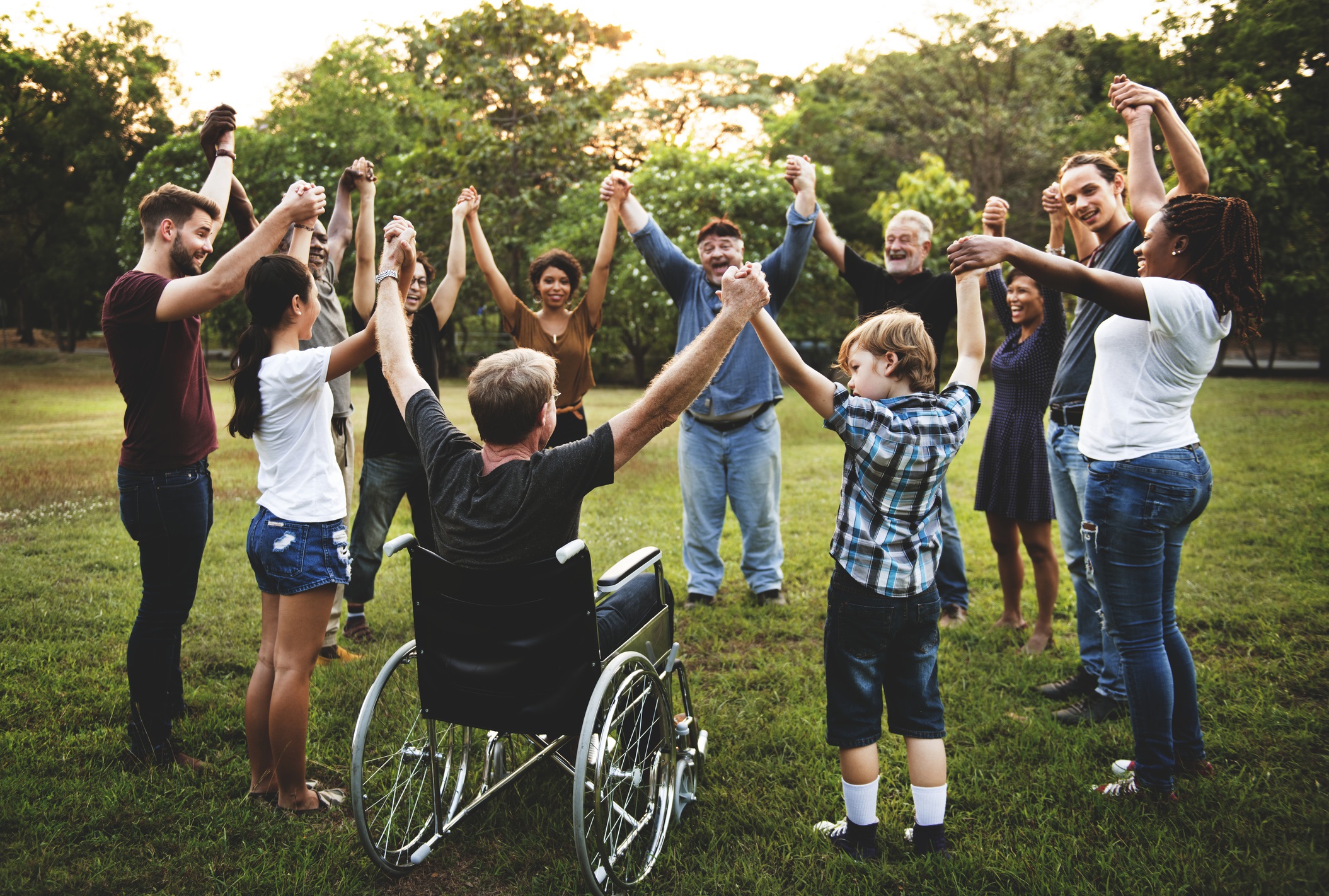Humans are private social beings who thrive on connections. A strong community provides numerous benefits, both for individuals and the collective. Community fosters a sense of belonging and acceptance, reducing feelings of isolation and loneliness. It creates a support network where individuals can find emotional support, practical assistance, and guidance. A vibrant community also stimulates personal growth as people learn from one another's experiences, perspectives, and skills.
Communities are the building blocks of society, offering platforms for collaboration, knowledge sharing, and collective problem-solving. They empower individuals to effect positive change, whether in their immediate surroundings or on a broader scale. Communities can drive social, economic, and environmental initiatives, creating lasting impact and enhancing their members' overall quality of life.
Building a Foster Community
Creating a thriving community requires deliberate effort and a focus on shared values and goals. Here are some strategies to foster community engagement and connectivity:
Establish a Common Purpose
A strong community is founded on a shared vision or purpose that inspires its members. Whether it's a neighborhood association, professional network, or online forum, articulate the purpose clearly to attract individuals who resonate with the community's objectives.
Encourage Participation
Actively involve community members in decision-making processes and activities. Provide opportunities for individuals to contribute their skills, knowledge, and ideas. This inclusive approach empowers community members and fosters a sense of ownership and investment.
Communication and Collaboration
Establish effective communication channels within the community, both online and offline. Utilize platforms like social media, forums, and regular meetings to facilitate dialogue, information sharing, and collaboration. Additionally, encourage respectful and constructive discussions that allow for diverse viewpoints.
Organize Events and Activities:
Arrange regular events, both virtual and in-person, to promote interaction and connection among community members. These include workshops, seminars, volunteer initiatives, social gatherings, or shared interest groups. Events create opportunities for individuals to forge deeper connections, build relationships, and create a sense of belonging.
Recognize and Celebrate Achievements
Acknowledge and celebrate the accomplishments and contributions of community members. Recognizing their efforts validates their work and motivates others to participate and engage actively. Lastly, this kind of recognition can be in the form of awards, public appreciation, or highlighting success stories.
Nurturing Community
Building a community is an ongoing process that requires nurturing and continuous effort. Here are some practices to ensure the long-term growth and sustainability of your community:
-
Regular Evaluation and Feedback
Continuously assess community members' needs, interests, and satisfaction levels. Solicit feedback through surveys, polls, or focus groups to identify areas of improvement and gauge the effectiveness of community initiatives. Further, adapting to the new evolving needs of the community fosters its relevance and vitality.
Mentorship and Support
Foster mentorship programs within the community to facilitate knowledge transfer and skill development. Encourage experienced members to guide and support newcomers. Hence, fostering a sense of belonging and growth.
Embrace Diversity and Inclusion
Create an environment that respects and celebrates diversity. Encourage individuals from different backgrounds, cultures, and perspectives to participate and contribute actively. Thus, embracing diversity fosters innovation, creativity, and a sense of collective strength.
Conclusion
Foster community is vital for individuals and societies alike. Investing in community-building efforts creates environments where people can thrive, find support, and make meaningful connections. Building a community requires intentional actions, such as establishing a common purpose, encouraging participation, and organizing events. Nurturing a community involves continuous evaluation, mentorship, and embracing diversity. As we prioritize community-building, we pave the way for more inclusive, connected, and resilient societies. Contact us if you want more in-depth information on such communities.




